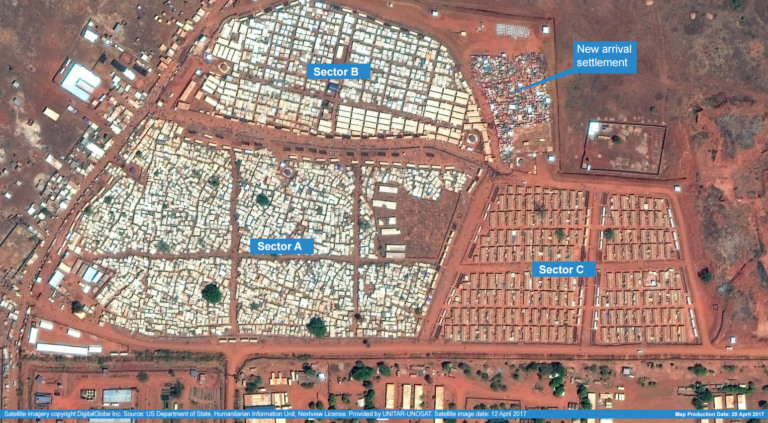Home / Nature & Environment / Climate Change / Achieving Sustainable Development / “Peace is the greatest weapon for development that any person can have”

Reach your personal and professional goals
Unlock access to hundreds of expert online courses and degrees from top universities and educators to gain accredited qualifications and professional CV-building certificates.
Join over 18 million learners to launch, switch or build upon your career, all at your own pace, across a wide range of topic areas.


 Satellite imagery of Wau, South Sudan Protection of Citizens area. © Digital Globe.
Satellite imagery of Wau, South Sudan Protection of Citizens area. © Digital Globe.






